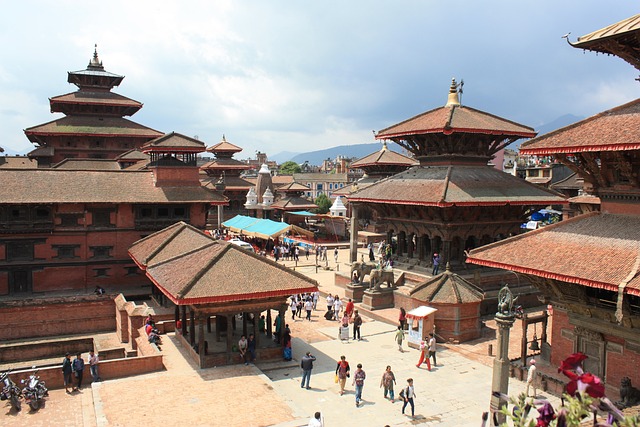Kathmandu is the capital and largest city of Nepal, with a population of over 1 million people. Located in the Himalayan mountain range, Kathmandu is a hub of culture, history, and religion, with a rich and varied history dating back over 2,000 years. The city is home to seven UNESCO World Heritage Sites, including the Durbar Square, the Swayambhunath Temple, and the Boudhanath Stupa.
The origins of Kathmandu can be traced back to the 4th century BC, when it was founded by the Kiratis, a tribe of warriors who ruled over the valley for many centuries. In the 7th century AD, the city was conquered by the Licchavis, a powerful dynasty that ruled Nepal for over 500 years. During this time, Kathmandu became a center of Buddhist learning and culture, with many temples and monasteries being built throughout the city.

In the 12th century, Kathmandu was conquered by the Malla dynasty, which ruled Nepal for over 500 years and transformed the city into a major cultural and artistic center. The Malla kings were great patrons of the arts, and during this time, Kathmandu became renowned for its skilled craftsmen, who produced beautiful works of art and architecture.
In the 18th century, Kathmandu was conquered by the Shah dynasty, which ruled Nepal until the end of the monarchy in 2008. During this time, Kathmandu underwent rapid modernization and development, with many new buildings and infrastructure being constructed. Today, Kathmandu is a bustling metropolis, with a mix of modern and traditional architecture and a vibrant cultural scene.
One of the most popular attractions in Kathmandu is the Durbar Square, a UNESCO World Heritage Site located in the heart of the city. The Durbar Square is home to the Royal Palace, which was the residence of the Malla and Shah kings, as well as many other temples and palaces. The square is also home to the Taleju Temple, which is one of the tallest temples in Nepal and is dedicated to the Hindu goddess Taleju Bhawani.
Another popular attraction in Kathmandu is the Swayambhunath Temple, also known as the “Monkey Temple,” which is located on a hill overlooking the city. The temple is a major center of Buddhist learning and pilgrimage, and is home to many monks and nuns. The temple is also home to many monkeys, which are considered sacred by the Buddhist faithful.
The Boudhanath Stupa is another important Buddhist site in Kathmandu. Located just outside the city center, the stupa is one of the largest in Nepal and is a major center of pilgrimage for Buddhists from all over the world. The stupa is surrounded by many monasteries and temples, and is a popular place for people to come to meditate and pray.
In addition to its cultural and religious attractions, Kathmandu is also a popular destination for outdoor enthusiasts. The city is located in the heart of the Himalayan mountain range, and is a gateway to many of the region’s most popular trekking and climbing routes. The city is also home to many parks and gardens, which are popular places for people to relax and enjoy the beautiful natural surroundings.
Despite its many attractions, Kathmandu faces many challenges. The city is heavily congested, with a population that is expected to double in the next 20 years. Air pollution is also a major problem, with the city ranking among the most polluted in the world. In addition, Kathmandu is vulnerable to earthquakes and other natural disasters, and has experienced several major earthquakes in recent years.
